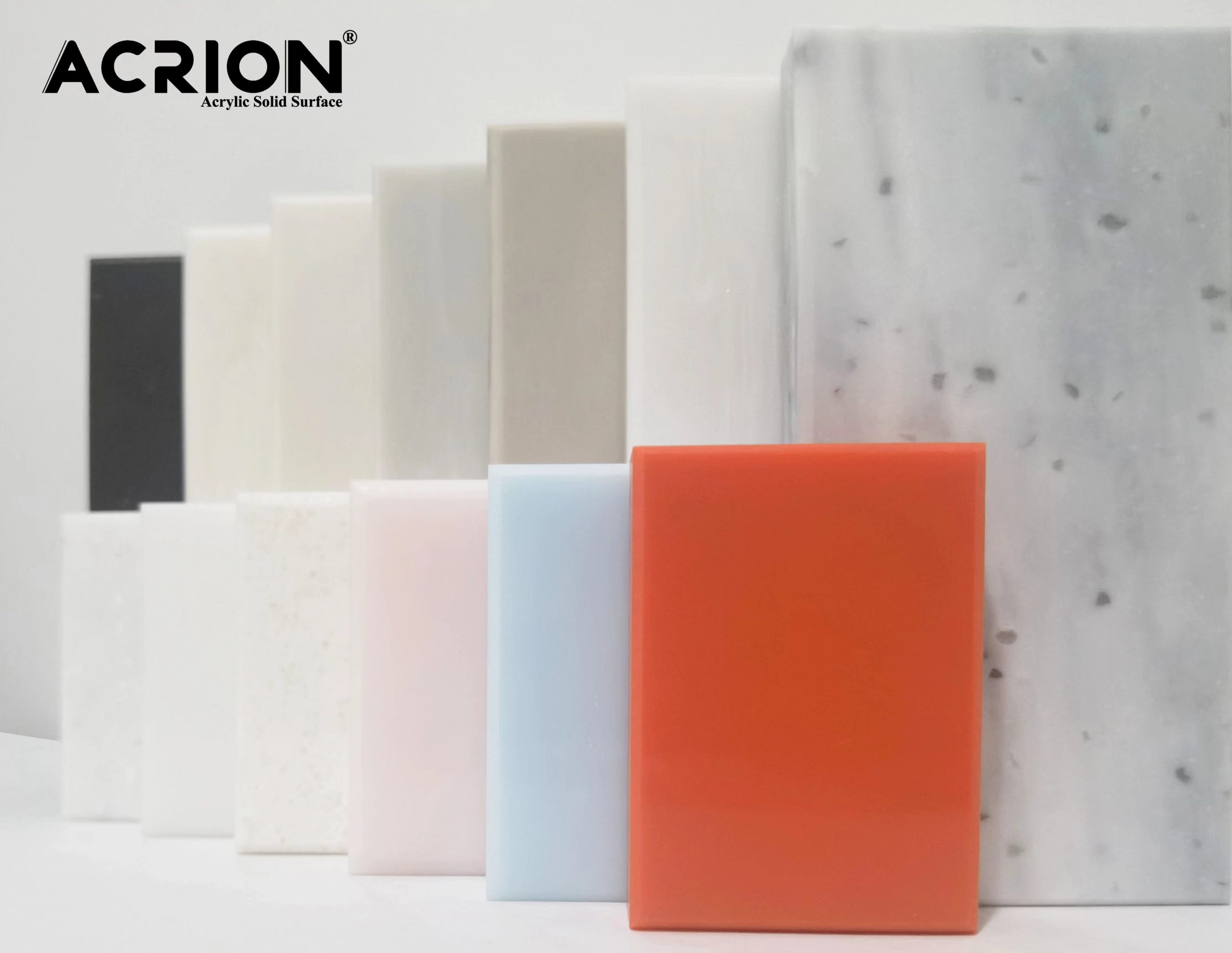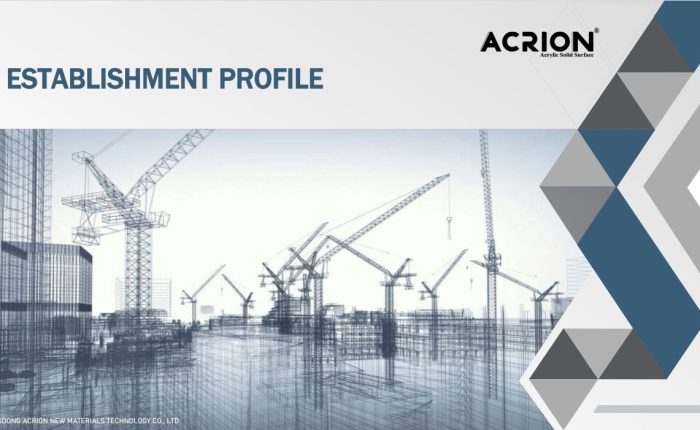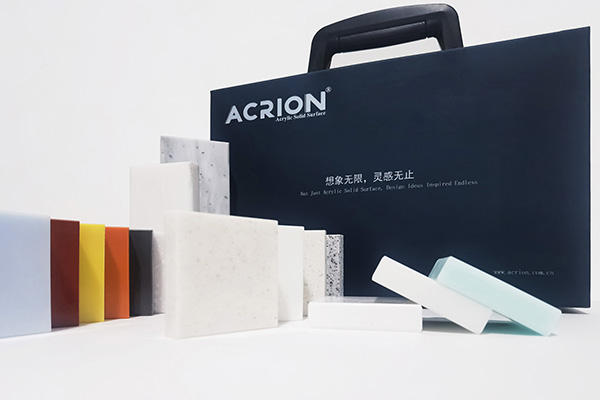Project Application of Solid Surface: Versatility, Durability, and Design Innovation
I. Introduction
A. Brief overview of solid surface materials
Solid surface materials are a type of synthetic material used in a variety of industries for their versatility, durability, and aesthetic appeal. They are composed of a blend of acrylic or polyester resins and natural minerals, such as aluminum trihydrate or bauxite. This combination creates a solid, non-porous surface that can be fabricated into different shapes, sizes, and finishes.
Solid surface materials offer numerous advantages over traditional materials like natural stone or wood. They are known for their seamless appearance, allowing for smooth transitions and integrated sinks or fixtures. Additionally, they are highly resistant to stains, scratches, and heat, making them suitable for demanding applications.
B. Importance of project application in various industries
Project application plays a crucial role in various industries, including hospitality, healthcare, commercial, and residential sectors. Solid surface materials have become increasingly popular for their ability to transform spaces and enhance functionality. Project applications involve the use of solid surface materials in designing and constructing countertops, reception desks, wall cladding, furniture, and decorative elements.
The choice of solid surface materials for projects is driven by their practical benefits and aesthetic versatility. From high-traffic areas in restaurants and office buildings to hygienic surfaces in healthcare facilities and stunning designs in residential homes, the project application of solid surface materials brings functionality, durability, and visual appeal to a wide range of settings.
In the following sections, we will explore the specific project applications of solid surface materials in different industries, highlighting their advantages and showcasing real-world examples of successful implementations.
II. Solid Surface in Commercial Projects
A. Solid surface countertops in restaurants and cafes
Solid surface countertops are widely used in restaurants and cafes due to their exceptional qualities that meet the specific requirements of food preparation areas.
1. Benefits of solid surface countertops in food preparation areas
a. Hygienic properties: Solid surface materials are non-porous, which means they do not absorb liquids or bacteria. This makes them highly hygienic and suitable for areas where food is prepared or served, as they can be easily cleaned and sanitized.
b. Durability: Solid surface countertops are resistant to scratches, stains, and heat. They can withstand the rigorous demands of commercial kitchens, ensuring longevity and maintaining their aesthetic appeal even with heavy use.
.
2. Real-world example: Solid surface countertops at a popular restaurant
One notable example of solid surface countertops in a commercial setting is at “The Bistro,” a renowned restaurant known for its modern design and exceptional cuisine. The restaurant’s food preparation area features sleek, seamless solid surface countertops.
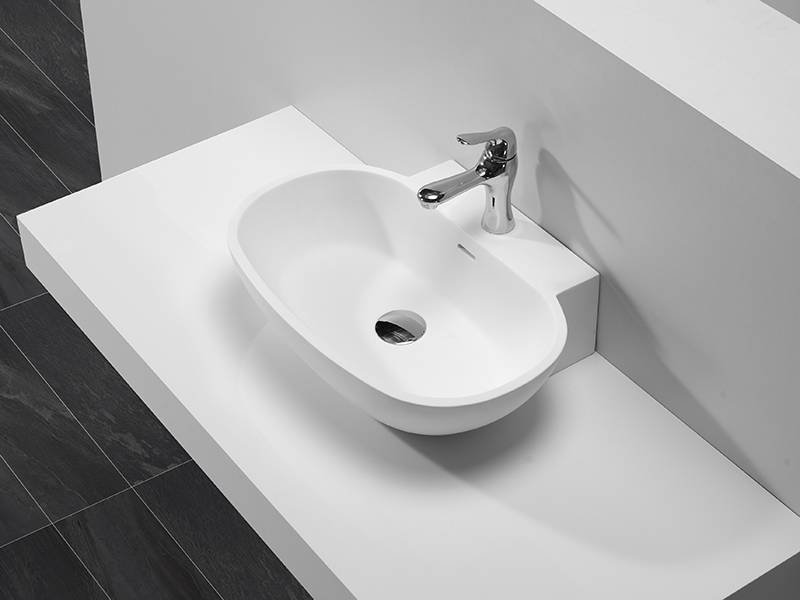
The solid surface countertops not only provide a hygienic surface for food preparation but also contribute to the overall aesthetic of the space. The seamless integration of the countertops with the sinks and other fixtures creates a clean and modern look, elevating the dining experience for guests.
B. Solid surface reception desks in office buildings
Office buildings often feature solid surface reception desks that combine functionality with design appeal.
1. Advantages of solid surface reception desks
a. Customizability: Solid surface materials can be molded and shaped into various forms, allowing for the creation of unique and custom reception desk designs. This flexibility enables architects and designers to match the desk to the overall theme and style of the office space.
b. Seamless integration: Solid surface reception desks can seamlessly incorporate lighting, technology, and storage options, providing a practical and organized workspace for receptionists.
2. Real-world example: Solid surface reception desk in a corporate office
In the corporate headquarters of “Milk Ground,” a leading technology company, a solid surface reception desk serves as a focal point in the lobby area.

The sleek and curved design of the reception desk, made possible with solid surface materials, reflects the company’s commitment to innovation and modernity. The desk seamlessly integrates with the surrounding architecture and features built-in digital displays for information and branding purposes.
III. Solid Surface in Residential Projects
A. Solid surface kitchen countertops in residential homes
Solid surface kitchen countertops have gained popularity among homeowners due to their durability and aesthetic appeal.
1. Advantages of solid surface kitchen countertops
a. Design versatility: Solid surface materials are available in a wide range of colors, patterns, and finishes, allowing homeowners to find the perfect match for their kitchen design. Whether it’s a sleek and modern look or a more traditional style, solid surface countertops offer versatile options.
b. Easy maintenance: Solid surface countertops are non-porous, making them resistant to stains and easy to clean. Regular cleaning with mild soap and water is usually sufficient to keep the surface looking pristine.
2. Real-world example: Solid surface countertops in a contemporary kitchen
Take a look at this contemporary kitchen in a newly renovated home, featuring solid surface countertops:
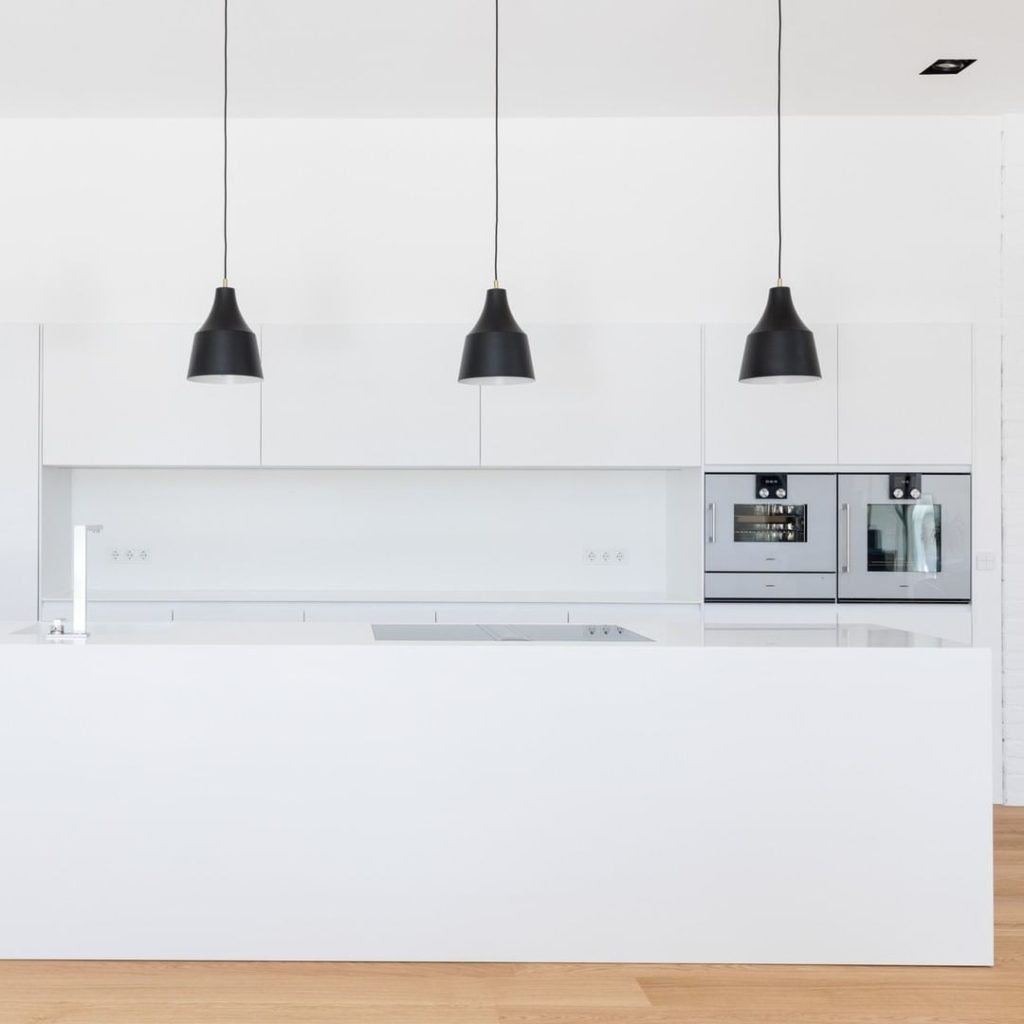
The clean lines and seamless integration of the countertops with the cabinetry create a visually appealing and functional kitchen space. The solid surface countertops offer a sleek surface for meal preparation, while their durability ensures long-lasting performance.
B. Solid surface bathroom vanities and shower surrounds in residential projects
Another popular application of solid surface materials in residential projects is for bathroom vanities and shower surrounds.
1. Advantages of solid surface bathroom installations
a. Customization options: Solid surface materials can be easily shaped and formed into various designs, making it possible to create unique bathroom vanities and shower surrounds that match the homeowner’s style preferences.
b. Hygienic and low-maintenance: Solid surface bathroom installations are resistant to mold, mildew, and bacteria, making them a hygienic choice for bathrooms. The non-porous nature of the material also simplifies cleaning and maintenance.
2. Real-world example: Solid surface vanity and shower surround in a luxury bathroom
Imagine stepping into a luxury bathroom with a stunning solid surface vanity and shower surround:

The smooth and seamless surfaces of the solid surface vanity and shower surround create an elegant and spa-like atmosphere. The material’s ability to resist moisture and stains ensures that the bathroom remains beautiful and easy to maintain over time.
Conclusion
Solid surface materials offer a wide range of applications in commercial and residential projects. Whether it’s a restaurant with sleek countertops, an office building with a stylish reception desk, or a residential home with functional and beautiful kitchen and bathroom installations, solid surface materials provide the perfect blend of form and function.
By choosing solid surface materials, architects, designers, and homeowners can achieve the desired aesthetic appeal, durability, and ease of maintenance that make these surfaces a popular choice in today’s design world.
